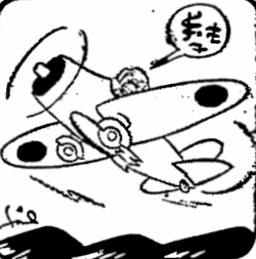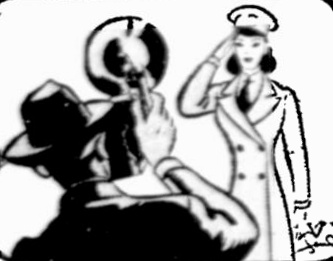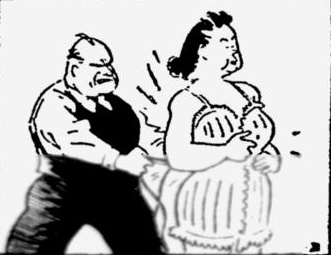Dutch airmen tell story of smashing Jap invasion fleet
Scouts spot armada and open battle of Makassar; Tokyo futilely gambles aircraft carrier; battleship explodes under bomb; toll set at 32
Batavia, NEI, Feb. 2 (UP) –
A vivid eyewitness story of how Japan desperately rushed an aircraft carrier with crack fighter planes into the Battle of Makassar Straits in a vain attempt to save her invasion fleet from a battering attack by American and Dutch bombers was related today by two Netherlands pilots.
Returning from the Dutch secret air bases in Borneo, the fliers told in detail for the first time how the Allied bombers and warships blasted 32 enemy vessels, including a battleship that exploded as a result of a bomb hit.
The pilots said that four of Japan’s crack “Navy O” fighters out of a flight of 20 were shot down in the first clash.
For three successive days, the pilots said they flew Dutch Army bombers over the Japanese invasion fleet anchored off Balikpapan, rich oil center on the eastern Borneo coast.
One of the officers said:
For two days before the attack, we had been making reconnaissance flights over the Makassar Straits in the lookout for a Jap invasion fleet, but because of heavy, low-hanging cloud banks we saw no ships at all.
Finally on Friday, Jan. 23, through the clouds we sighted the enemy convoy of about 23 ships. The convoy was clinging to the Celebes coast and had reached a point east of Balikpapan when we discovered it.
The convoy consisted of two rows of transport ships protected by cruisers and destroyer. We were sure it was headed for Borneo but it was too far from the island to have made any landings.
Our planes did not hesitate to open the attack, which was hampered by heavy Japanese anti-aircraft fire reaching up to two miles. The Dutch planes, however, were difficult targets for the Japanese gunners and disappeared in the clouds after diving down and releasing their bombs.
One of the first bombs, the officers said, dropped “right on the middle” of a large warship – presumably a battleship. A terrific explosion was heard, and thick smoke…







